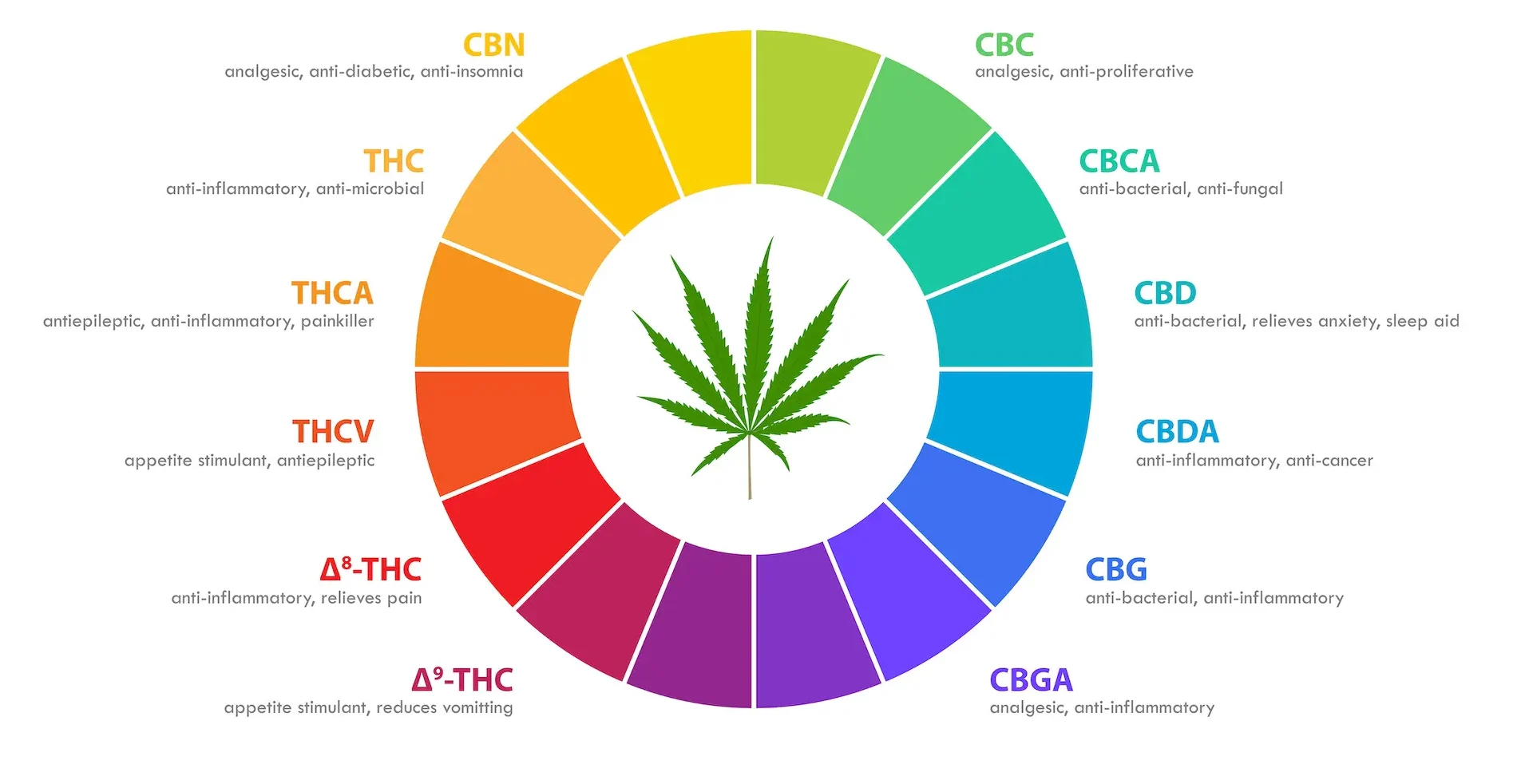Understanding the Potential of Cannabinoids in Managing Cancer Pain
A study by the School of Psychology at the University of Ottawa highlights that even the fear of pain can be a significant burden for many cancer patients. Beyond this fear lies the actual pain, which can severely impact the quality of life for these individuals. Consequently, extensive research is ongoing into cancer pain management, focusing notably on cannabinoids—compounds found in the cannabis plant—and their potential to improve the quality of life for cancer patients.

Cannabinoids and Pain Management in Cancer
Research into cannabinoids for cancer pain relief is still in its infancy. However, early studies indicate promising results. For instance, a 2020 study from the Manipal Academy of Higher Education in India suggests that cannabinoids may produce analgesic effects by activating specific receptors in the central nervous system and nerve terminals. The study proposes that cannabinoids could inhibit the production of pain and inflammatory mediators, potentially providing significant pain relief for cancer patients.
What Are Cannabinoids?
Cannabinoids are chemical compounds found in cannabis plants and are also produced by our bodies. They are broadly categorised into two main groups:
-
Endocannabinoids: These are naturally produced by our bodies and interact with the endocannabinoid system, influencing pain relief, sleep regulation, and mood elevation.
-
Phytocannabinoids: These are found in plants, including cannabis and hemp. The primary phytocannabinoids in cannabis are tetrahydrocannabinol (THC) and cannabidiol (CBD), which interact with the human endocannabinoid system—a complex network of receptors, chemical signals, and molecules called endogenous ligands.
The interactions between cannabinoids and the endocannabinoid system are extensive, impacting various bodily functions. Notably, THC and CBD have different properties and effects, which could play a role in cancer pain management.
THC and CBD in Cancer Pain Management
Different cannabis strains contain varying amounts of THC and CBD, along with other cannabinoids and terpenes. THC is the psychoactive component that induces the ‘high’ feeling, altering mood and perception. Conversely, CBD is non-intoxicating and may reduce inflammation, relieve pain, and decrease anxiety, as reported in the Cannabis and Cannabinoid Research journal.
A 2020 study highlighted a substantial body of observational evidence suggesting the potential efficacy of cannabinoids for cancer pain management.
Conventional Cancer Pain Management Approaches
Traditional cancer pain management involves a multidisciplinary approach, including doctors, nurses, anaesthetists, pharmacists, physiotherapists, occupational therapists, psychologists, and counsellors. Opioids are the primary treatment for cancer pain, with medications like codeine for mild to moderate pain and stronger opioids such as morphine, oxycodone, tramadol, and methadone for severe pain.
Non-steroidal anti-inflammatory drugs (NSAIDs) are another option, though their therapeutic effects are often considered limited. Adjuvant therapies, which enhance the effectiveness of other pain treatments, include antidepressants, anticonvulsants, local anaesthetics, topical agents, steroids, and bisphosphonates.
Mechanisms of Action of Cannabinoids in Cancer Pain Management
Cannabinoids interact with the endocannabinoid system, helping regulate pain, mood, emotions, and appetite. This involves endogenous ligands binding with cannabinoid receptors, sending signals to the brain and body on responding to stimuli like pain, hunger, and anxiety.
The potential mechanisms through which cannabinoids manage cancer pain include their analgesic, anti-inflammatory, and anti-anxiety effects. These combined impacts can reduce physical pain and alleviate the anxiety associated with pain.
Different Forms of Cannabinoids for Cancer Pain
There are various forms of cannabinoids used for cancer pain management:
-
Pharmaceutical Cannabinoids: These are produced in controlled laboratory environments, ensuring high quality and consistency.
-
Medical Cannabis: Cultivated specifically for medical use, it includes medical-grade cannabis but is not limited to it.
-
Cannabinoid-Based Products: These include oils, tinctures, creams, and edibles. The cannabinoids are extracted and infused into these products, with dosages clearly marked, allowing for precise administration.
